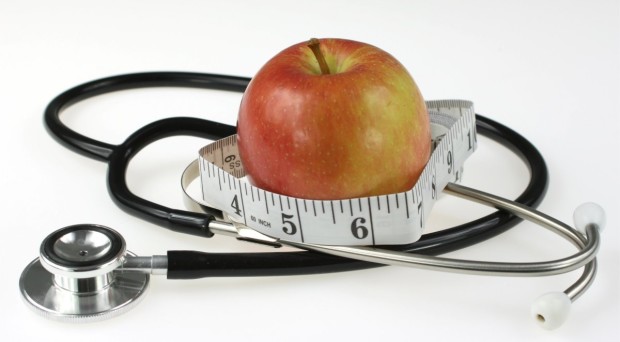
The choices we make
Public health can appear to be a world of ‘don’ts’: Don’t smoke that. Don’t eat that. Don’t touch that. Don’t do that. Promoting health at the population levels starts with encouraging healthy behavior at the individual level.
Sometimes, the public health community has to identify and warn against behaviors that may harm us. After all, the purpose of public health isn’t treatment: It’s to facilitate the choices you, as an individual, should make to preserve your good health and the health of those around you.
But health problems don’t exist simply because people don’t know what choices they should make. Is the problem really that people do not know which foods are healthy, or that exercise is important or that smoking has adverse health effects?
Or are there societal, environmental and economic pressures that make the ‘healthiest’ choice less feasible or even impossible? Factors such as structural inequalities, financial constraints and limited access to health resources limit the autonomy people have over their health decisions.
Public health and clinical medicine work in tandem
Since we do not live in a world of perfect equality, prevention cannot be the only line of defense between people and disease. So, to maintain the health of a population by ensuring the health of individuals, the public health sector and the clinical health sector need to collaborate.
With an exponentially growing world population and finite health resources, public health and clinical medicine cannot afford to operate independently of one another; they must work in tandem.
With an exponentially growing world population and finite health resources, public health and clinical medicine cannot afford to operate independently of one another; they must work in tandem.
According to the World Health Organization, the world is currently operating with a shortage of 4.3 million doctors and nurses, which is an average shortage of 15% across all countries.
Yet, all countries do not feel this shortage equally. While developed nations like the United States and United Kingdom have more than 12 doctors or nurses per 1,000 people, developing regions like sub-Saharan Africa have only one.
If even the United States is expected to have a 90,000-physician shortage by 2025, how is the rest of the world supposed to keep up? Unequal distribution and a shortage of the clinical health workforce will increasingly limit people’s ability to seek treatment.
Preventive services and the demand for treatment
Treatment and prevention individually are not the solution, but together they could be. In the words of Dr. Douglas Shenson, director of Sickness Prevention Achieved through Regional Collaboration (SPARC), “We expect doctors to deliver clinical preventive services to the entire population, but medical providers only see people who come in their door.
Furthermore, physicians focus first on the illness that brought the patient in…treating an established disease in a patient almost always takes priority over preventing a potential illness in the future.”
A limited number of doctors mean a limited number of people who can access treatment for specific illnesses. Clinical resources are already being stretched thin.
A limited number of doctors mean a limited number of people who can access treatment for specific illnesses. Clinical resources are already being stretched thin to provide adequate medical coverage, leaving little left over for preventive services.
But without preventive services, will doctors be able to meet the demand for treatment?
The prevention side can’t stop all illnesses, just as the clinical side can’t treat all illnesses. Global health only has a fighting chance through a union of these two sectors.
Successful preventive health programs can assist in alleviating some of the burden on the health workforce. As the density of the health workforce decreases around the world, it will be the responsibility of both the public and clinical health sectors to support each other in order to safeguard the overall health of the population.
As for us as individuals, we are tasked with adhering to public health’s ‘don’ts’ as best we can.
Comments